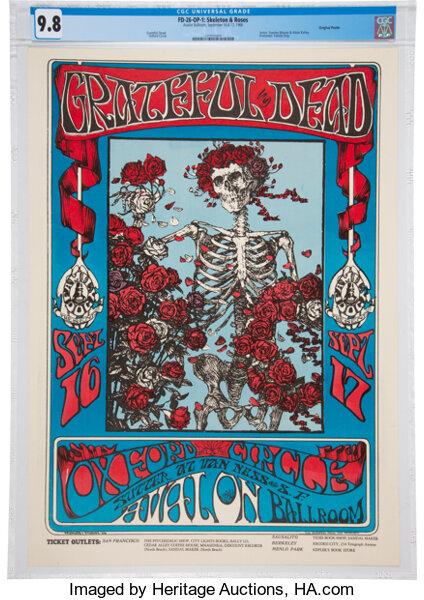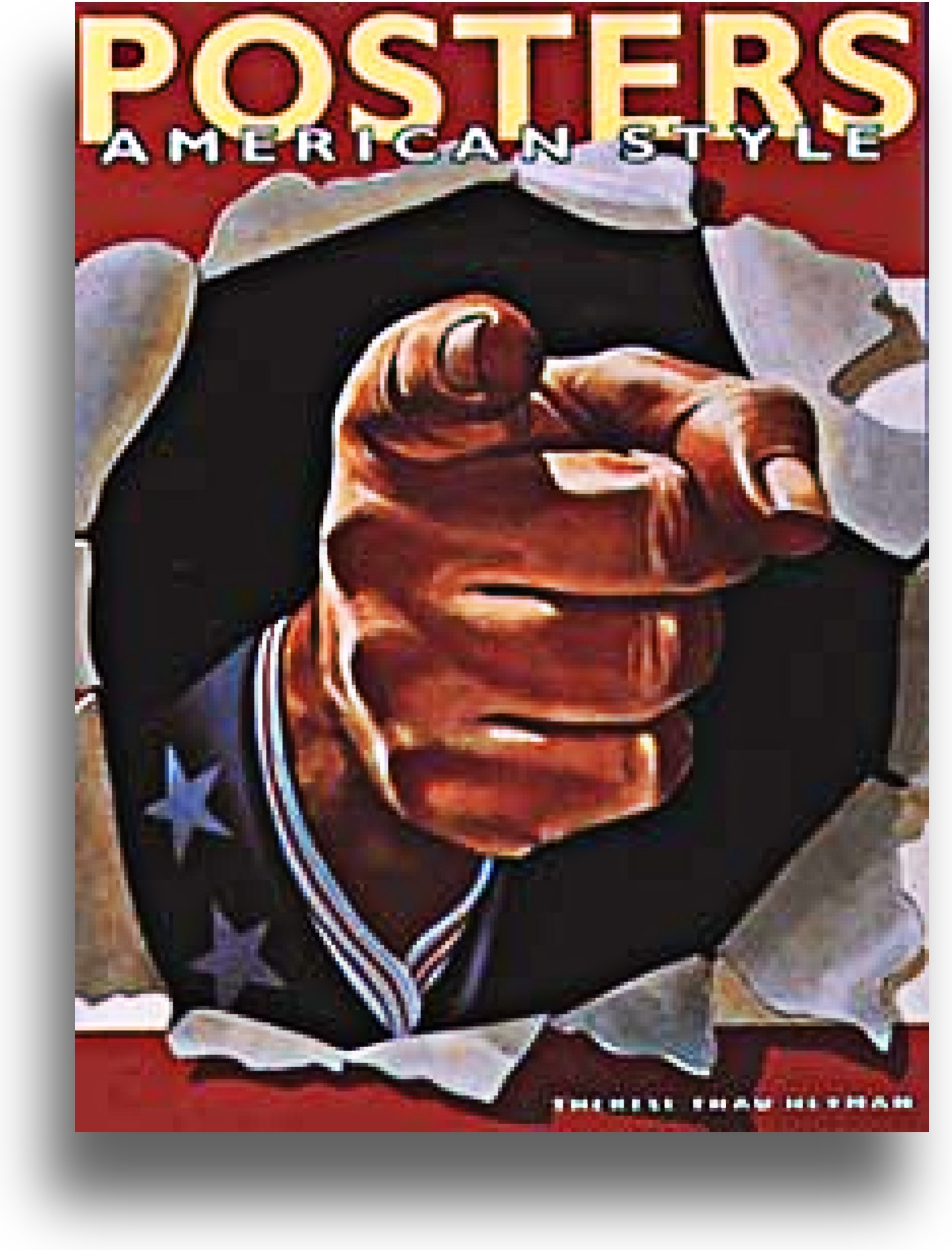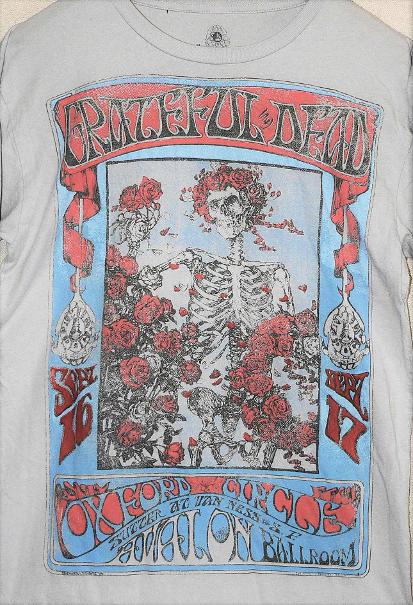

"This poster was made through the collaborative efforts of two artists—Stanley “Mouse” Miller and Alton Kelley. Mouse was raised in Detroit and got his start designing graphics for hot rods and motorcycles. He left Detroit in 1965, at the age of 25, and headed to California. He arrived in San Francisco on the evening of the Trips Festival, a three-day multimedia event that set the stage for later dance concerts. It was the handbill for this event that led to Mouse’s interest in poster art: “I was really turned on by that lettering and I found out later that Wes Wilson had done it. That’s what really inspired me to start doing posters.” HERE


|
Smithsonian Posters American style exhibit info from web.docx (2).pdf Size : 681.304 Kb Type : pdf |

Posters American Style
At the National Museum of American Art
Smithsonian Magazine ~ April 1998
"Really good posters have a way of sticking with us. A few, perhaps rolled up and dog-eared, have been just too hard to toss out as we pack and unpack our way through life. What New Yorker doesn't remember the priceless advertisement for rye bread — "You don't have to be Jewish to love Levy's" — that brightened grimy subway platforms for years? Or how about the '60s rock posters from the Fillmore and other San Francisco haunts, hawking concerts by Jefferson Airplane, the Grateful Dead, Jimi Hendrix and other legends of that psychedelic decade?
These are among the 120 classic posters — once considered ephemera, now considered collectibles — in an exhibition entitled "Posters American Style" at the National Museum of American Art (the show will later travel). Guest-curated by Therese Thau Heyman, who also wrote the exhibition catalogue, the show covers the century from 1895 to 1995. The posters shown here were the kickoff, as inventive graphic artists such as Maxfield Parrish (whose 1897 lithograph for the Adlake Camera is shown below), Arthur Wesley Dow, Florence Lundborg and Edward Penfield borrowed freely from Art Nouveau, Japanese design and photography. They set the aesthetic bar very high for their successors; come to the exhibition and judge for yourself whether they measured up.
And, in the meantime, where did you stuff those rolled-up old posters the last time you moved?"
SMITHSONIAN AMERICAN ART MUSEUM